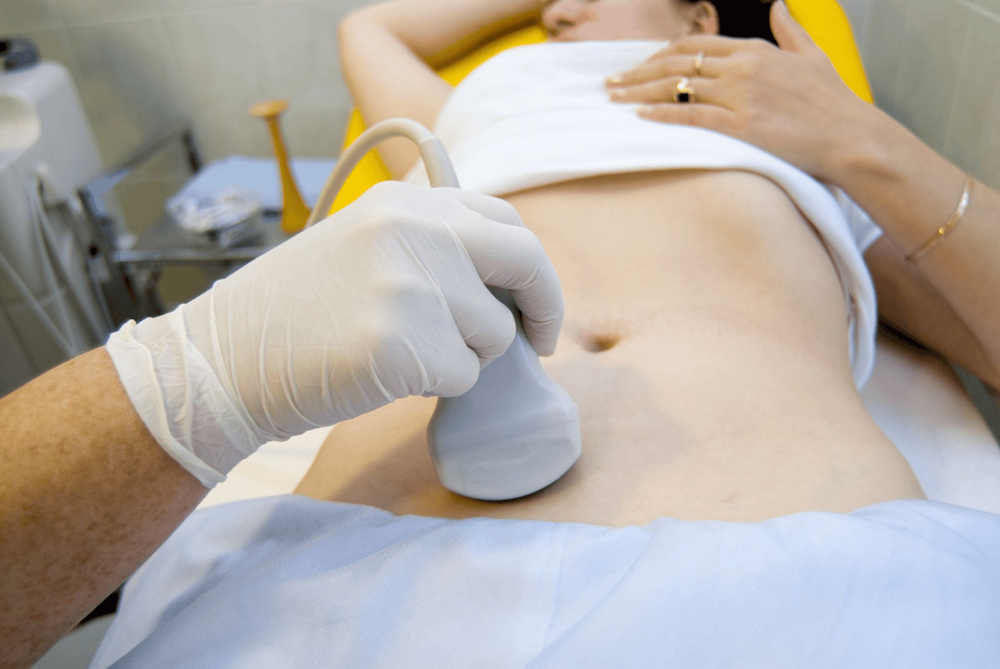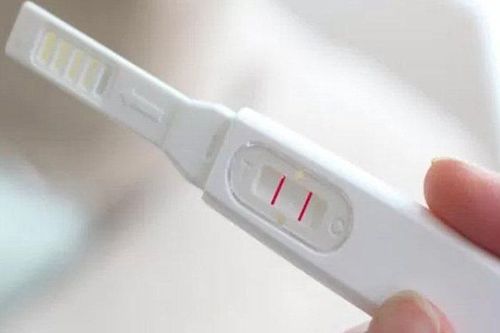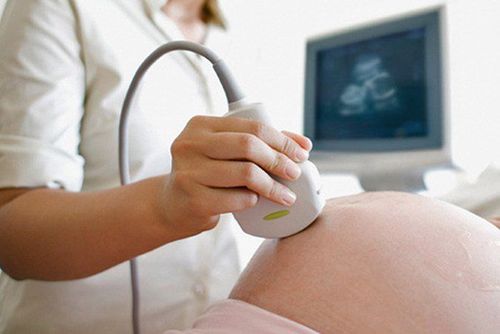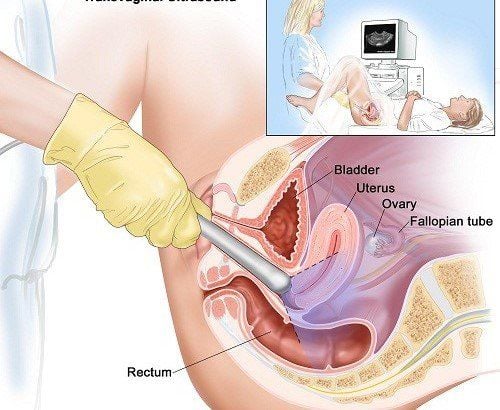This is an automatically translated article.
The article is expertly consulted by Master, Doctor Luu Thi Bich Ngoc - Doctor of Radiology - Department of Diagnostic Imaging and Nuclear Medicine - Vinmec Times City International General Hospital. The doctor has 06 years of experience in the field of diagnostic imaging.Transducer ultrasound has detected uterine adhesions not many women wonder and ask questions to the doctor. Because uterine adhesions are dangerous diseases that can cause infertility in women. Therefore, early detection and treatment will help patients avoid the risks.
1. What is uterine adhesions?
Uterine adhesions cause the endometrium layer to not be able to recover and regenerate, hindering the implantation of an egg after conception. This is the reason why women are infertile.The uterus is divided into 3 layers: the serosa, the muscular layer, and the endometrial layer. The endothelium continues to divide into two layers that hold different functions. If the upper functional layer of the endometrium has the effect of sloughing off after the menstrual period and discharged to the outside in the form of menstrual blood, the basal layer will regenerate that shed endothelium.
When the bottom layer is damaged, it can't do its job, it will cause the anterior and posterior walls of the uterus to stick together, causing many dangerous complications.
Most women with uterine adhesions have relatively similar symptoms such as:
Menstrual disorders: menorrhagia, amenorrhea, complete amenorrhea. Shortness of breath, chest tightness Fatigue, worse body weakness Severe lower abdominal pain Lumbar pain Adhesions to the uterine cavity can cause infertility.

2. Causes of uterine adhesions
According to experts, there are many causes leading to uterine adhesions:Firstly, women have multiple abortions: The impact of abortion has a great influence on the uterine lining. At the same time, in the process of careless curettage, it will lead to residual placenta.
Second, mucosal damage due to procedures: fibroid removal, procedures in the endocrine organs in the uterus. Careless postoperative care leads to inflammation that increases the risk of uterine adhesions.
When there is a need for uterine intervention or abortion, women should carefully choose reputable hospitals with highly specialized doctors to perform. Absolutely do not do these procedures at poor quality medical facilities to prevent risks and complications.
Some other causes lead to uterine adhesions such as: degradation of the endometrial basement, intrauterine microwaves, local radiation therapy, vaginal infections,...

3. Learn about transducer ultrasound technique
As one of the modern and highly accurate imaging diagnostics, transducer ultrasound plays a role in identifying and identifying pathologies in the vagina, uterus and ovaries. The ultrasound image results fully show the current status of the ovaries, fallopian tubes, uterus and possible diseases such as fibroids, ovarian cysts, blocked fallopian tubes, and cervical cancer. uterus, development of eggs, causes of infertility...Pregnant women can grasp the development and position of the fetus... right at the early stages of pregnancy. At the same time, transducer ultrasound helps to prevent complications and risks for both mother and fetus during pregnancy.
4. When should ultrasound transducer be used?
The patient may have transvaginal or anal transvaginal transvaginal ultrasound. At each detection position will bring different image results. Specifically:Patients with suspected pelvic, prostate or rectal diseases will be assigned anal ultrasound. Transvaginal transvaginal ultrasound is usually applied to pregnant women or women with signs of gynecological pathology. In addition, this method will be contraindicated for women who have never had sex (with hymen tear) and children. Women who have vaginal infections or are menstruating are also not allowed to have transvaginal ultrasound.

5. Can transducer ultrasound detect uterine adhesions?
Answering the question of whether transducer ultrasound can detect uterine adhesions, experts confirm that ultrasound can detect uterine adhesions. Ultrasound image will show thin endometrial layer, with fluid retention in the uterine cavity. In some cases, the combination of transducer ultrasound and intrauterine infusion can completely allow the diagnosis of uterine adhesions.However, transducer ultrasound can only partially assess uterine adhesions. For the most accurate results, the patient will have a hysteroscopy combined with an X-ray of the uterus and fallopian tubes.
To help customers detect and treat gynecological diseases early, Vinmec International General Hospital has a basic gynecological examination and screening package, helping customers detect early inflammatory diseases and help treat Easy, inexpensive treatment. Screening detects gynecological cancer (cervical cancer) early even when there are no symptoms.
Basic gynecological examination and screening package for female customers, has no age limit and may have the following symptoms:
Abnormal vaginal bleeding Having menstrual problems: irregular menstrual cycle, irregular menstrual cycle Irregular vaginal discharge (smell, different color) Vaginal pain and itching Female clients have several risk factors such as poor personal hygiene, Unsafe sex, abortion,... Female customers have other symptoms such as: Abnormal vaginal discharge, itching, pain in the intimate area, abnormal vaginal bleeding.
Please dial HOTLINE for more information or register for an appointment HERE. Download MyVinmec app to make appointments faster and to manage your bookings easily.














